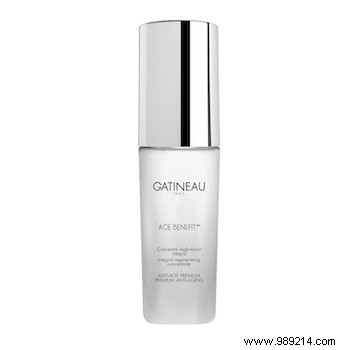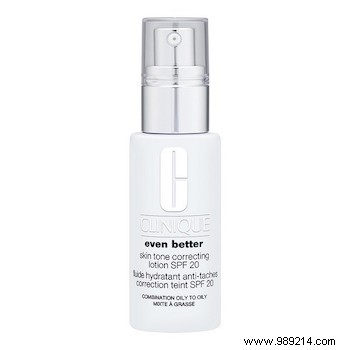By the time they reach menopause—which officially begins a year after a woman's last menstrual period—many women think they've got their lives planned out. Careers are well established; children are mature and independent; and there is more time for relaxation and self-care. Still, many women in their 40s and 50s are surprised to notice sudden changes in their skin, including acne and age spots. While many of these changes are inevitable due to hormones, there is much women can do at home to reduce these effects.
To take care of your skin during the menopause, we recommend the following tips:
Calm dry skin: during menopause, estrogen levels decline, leading to changes in the skin such as dryness and itching. This can be especially noticeable when the air is dry. Wash your skin with a mild cleanser to prevent it from drying out, as regular soap can be too drying. After bathing or showering and during the day, apply a moisturizing cream containing hyaluronic acid or glycerin. Don't forget to apply the moisturizer to your jawline and neck.
Relieve itching: apply a cool, wet compress to soothe itchy skin. To make a cool compress, soak a clean towel or washcloth in cool water and wring it out until damp. Apply it to the itchy skin. When you take it off, apply moisturizer. You can also relieve itchy skin by taking a colloidal oatmeal bath. This soothing product is available in most drugstores and beauty supply stores. When bathing, be sure to use warm, not hot, water and pat your skin dry—rather than rubbing—to avoid further irritation.
Treat and prevent acne: Due to fluctuating hormones, some women develop acne during menopause. If you have acne, wash your skin with a cleanser that contains benzoyl peroxide. However, if the cleanser dries out your skin, discontinue use and opt for a mild cleanser instead. You may also want to consider using a product containing adapalene to prevent outbreaks. Always be gentle with your skin. Avoid vigorous scrubbing or picking and squeezing acne, as this can lead to scarring. In addition, avoid acne products that dry out your skin, as this can make acne worse. If these tips don't work, see a dermatologist, who can prescribe treatments for post-menopausal acne.
Treat and prevent age spots: if you've spent enough time in the sun without sun protection, you can now see the effects. Age spots and larger areas of dark skin can appear on your face, hands, neck, arms or chest. Skin cancer and pre-cancerous growths may also be more common. Protect your skin from the sun to prevent age spots. Before going outside, apply a broad spectrum sunscreen with an SPF of 30 or higher to all skin not covered by clothing. This can help fade age spots, prevent new spots and reduce your risk of skin cancer. Don't forget to take other sun protection measures as well, such as seeking shade and wearing protective clothing such as a long-sleeved shirt, pants, a wide-brimmed hat, and sunglasses.
If the appearance of age spots bothers you, there are many products available that can lighten the spots. Many fading creams and lotions are available over the counter and can help improve the appearance of age spots, depending on how dark the spots are. Look for products that contain hydroquinone, glycolic acid, or kojic acid. Apply these products daily for two months. A dermatologist can also prescribe creams and lotions to help with age spots and perform procedures, such as lasers, to further fade the pigmentation.
Remember, because skin cancer can sometimes look like an age spot and because your skin cancer risk increases with age, it's important to have regular skin exams during the transition. This can help you detect skin cancer early, when it is most treatable. If you notice new spots on your skin, spots that are different from others, or spots that change, itch or bleed, make an appointment to see a dermatologist.
Below is a selection of our favorite products against age spots.





